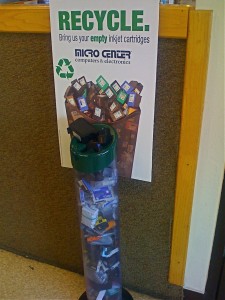The incoming Obama team has written Congress asking for a delay of the planned February 17th turn off of analog over-the-air TV signals. While most people won’t notice this eventual transition, there are some hurdles.
Most People Aren’t Affected
The loss of analog over-the-air signals will not affect most people who use one of 1) cable, 2) Satellite (Dish or DirecTV), 3) digital over-the-air (still using an antenna), or 4) fiber (FIOS TV service). Most people in the D.C. area will not be affected. TVs made in the last couple of years should have digital tuners, known as ATSC tuners.
Expected Problems
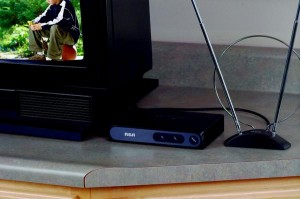 In my experience setting up home theaters and TVs in the DC metro area, I have found some problems that will likely come with this transition:
In my experience setting up home theaters and TVs in the DC metro area, I have found some problems that will likely come with this transition:
- Analog signals travel better. While the term “digital” seems like it should mean “better”, it has a big downside. Analog tuners deal with missing data (the result of a poor signal) much better. Digital signals that do not have enough data quickly turn to jaggies and then a blank screen. This is sometimes referred to as a digital cliff effect. The same concept applies to HD Radio. Digital therefore does not travel as far as analog and it does not work as well through walls. Even in Arlington, Virginia, not far from the TV towers, a good signal usually requires an antenna to be placed in a window, on the roof, or in a high attic. People farther away will have more problems. Residents in rural Virginia might now be too far to get any over-the-air signal.
- Old homes in D.C., Virginia, and Maryland can not be easily wired for cable. The house walls might be made of concrete, brick, or stone that is difficult to wire through. This has caused some local residents to opt for analog over-the-air TV instead of cable or FIOS. Other people have decided to only wire their living room, and still use analog over-the-air in other rooms. The old construction can also cause problems running an antenna to a window, roof, or attic.
 Possible Delay
Possible Delay
The Obama team has requested a delay because the National Telecommunications and Information Administration (NTIA), which is to provide education and $40 vouchers for people to buy digital TV converter boxes, ran out of money on January 4. There is also concern that many people, especially poorer and more rural areas, have not yet heard that they will need a converter and a larger antenna.
Web Resources
To find out what kind of signal you can expect and what kind of antenna you need to get digital programs, see AntennaWeb site and click Choose an antenna. Another useful site is HDTV Hub, which lists many users experiences for their particular locations. You can find out through these sites what kind of over-the-air HDTV experience that you can expect.

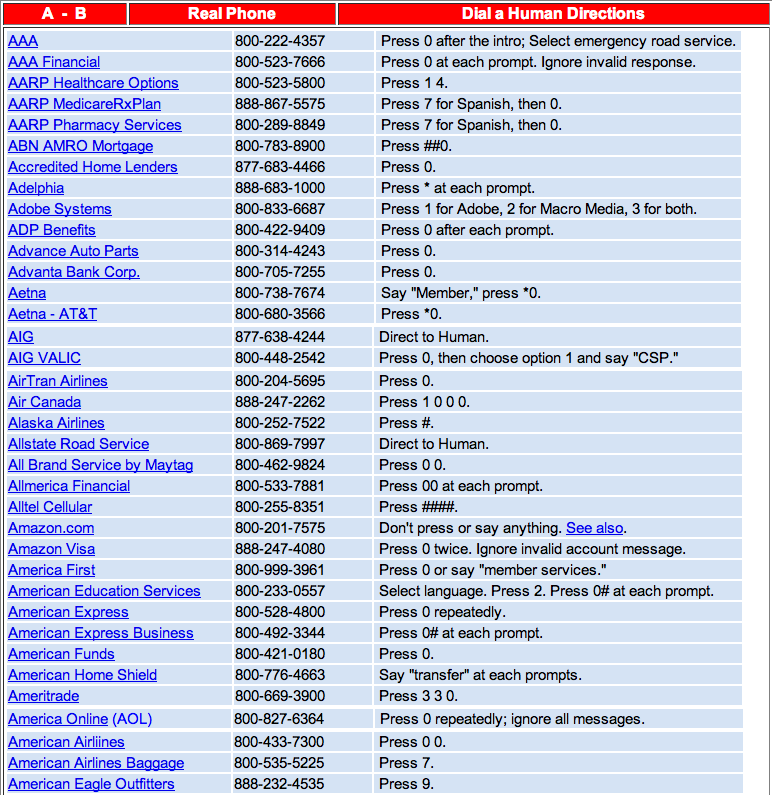
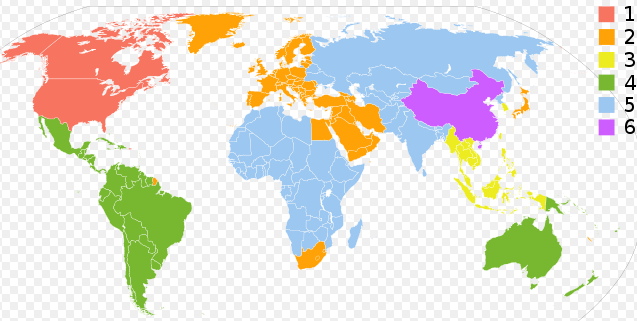
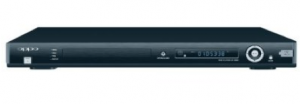
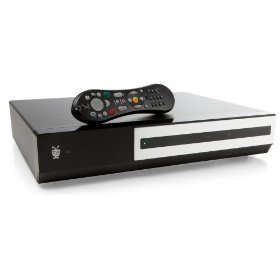
 Old computers and monitors have harmful materials that can seep into the ground water and air if thrown in your normal trash. The cadmium and mercury in displays can damage the nervous system. Computers also may contain lead (causing birth defects and learning disabilities) and CFCs (destroying the ozone layer).
Old computers and monitors have harmful materials that can seep into the ground water and air if thrown in your normal trash. The cadmium and mercury in displays can damage the nervous system. Computers also may contain lead (causing birth defects and learning disabilities) and CFCs (destroying the ozone layer).
